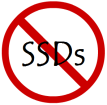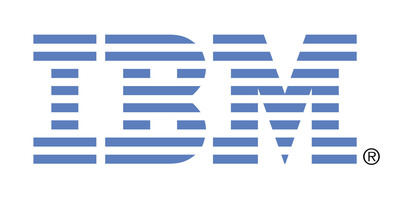Today, IBM announces the release of IBM i 7.2, the first
new IBM i release in four years. This release provides significant new
function in DB2 for i, systems management and security as well as
enhancing many other integrated components and licensed programs. IBM i
7.2 includes support for and takes advantage of the latest Power Systems
server family running on new POWER8 technology.
IBM i 7.2 new enhancements include:
- Enhanced security options in DB2 for i
- Many new functions for programmer productivity and expanded function in DB2 for i
- Improved ease of use with IBM Navigator for i
- Enhancements to iAccess Client Solutions
- Extension of security to more applications through new single sign-on (SSO) environments
- Liberty Core as the base for Integrated Application Server
- Support for Zend Server 6.0 on IBM i 7.2
- Performance improvements for the IFS
- Extensions to the printing environments
- Expanded Hub functions for Backup, Recovery, and Media Services (BRMS)
- PowerHA SystemMirror for i Express Edition with new HyperSwap capability
- Support for new Power Systems built with POWER8 architecture and processor
- Additional I/O capabilities including support for WAN over LAN
- Rational tools enhancements to support Free Format RPG
- Support for the open-source file-serving solution Samba
IBM i 7.2 is supported on Power Systems servers and PureFlex systems
with POWER8 processors, Power Systems servers and blades and PureFlex
systems with POWER7/7+ processors, and Power Systems servers and blades
with POWER6/6+ processors. Clients using POWER5/5+ servers or earlier
servers must move to newer systems to take advantage of the new features
in IBM i 7.2.
Clients running IBM i 7.1 or IBM i 6.1 can easily upgrade to IBM i
7.2, which will be available May 2, 2014, to benefit from the additional
features and performance provided with the latest technologies included
in the operating system.
To learn more, visit the IBM i 7.2 Knowledge Center website, and look
for the May issue of IBM Systems Magazine, Power Systems edition, where
IBM i Chief Architect Steve Will shares his thoughts on the new
release.
By: Tami Deedrick


